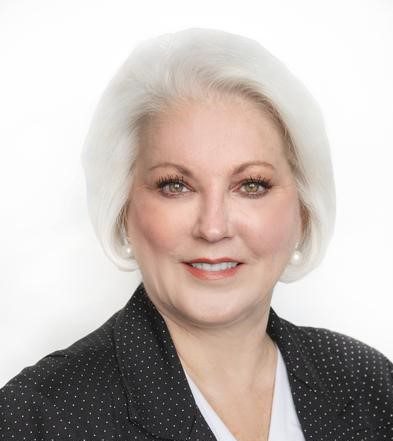Veterinary Business Advisors (VBA) provides a full range of legal, practice management, and human resource services tailored for veterinarians and veterinary practices of all types and sizes.
Headed by a veterinarian and lawyer, Charlotte Lacroix, DVM, JD, VBA’s experienced legal and business team can help you navigate business deals pragmatically and resolve practice management issues with confidence. The VBA team understands veterinarians and speaks your language, not just legalese.
With the changes and complexities of a modern business demanding more of your time and attention, let VBA shoulder part of the burden so that you can spend more time doing what you love.
Services

Counsel
From crafting a one-time contract to serving as your in-house counsel to helping you navigate the complexities of selling or purchasing a practice, we are at your service for any level of guidance you need. We aim to ensure that your business practices are legally compliant, contracts are ironclad, and risk is minimized.

Human Resources
For your veterinary practice to thrive, it is essential to build and retain a strong team while maintaining compliance with evolving federal, state, and local laws. If the size of your practice does not warrant a full-time HR employee, you can cost-effectively outsource this function to VBA. You can retain us as needed to develop and implement necessary policies, procedures, and programs, as well as answer challenging questions you face in the day-to-day management of your team.

PRACTICE MANAGEMENT & BUSINESS RESOURCES
With our experience and connections in the veterinary industry, we have a robust network of trusted advisors who can help you and your practice implement today’s best business practices.

EDUCATION / SPEAKING
The VBA team travels extensively throughout the year, delivering powerful and informative presentations at numerous veterinary conferences and universities. We can also accommodate private requests and have a member of our team come and speak at your symposium or business event.

Products
In addition to offering a variety of consulting services, VBA provides tools, resources, and webinars for your team to learn and grow.








